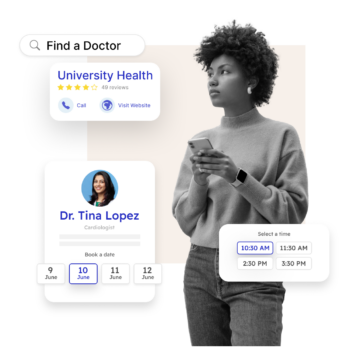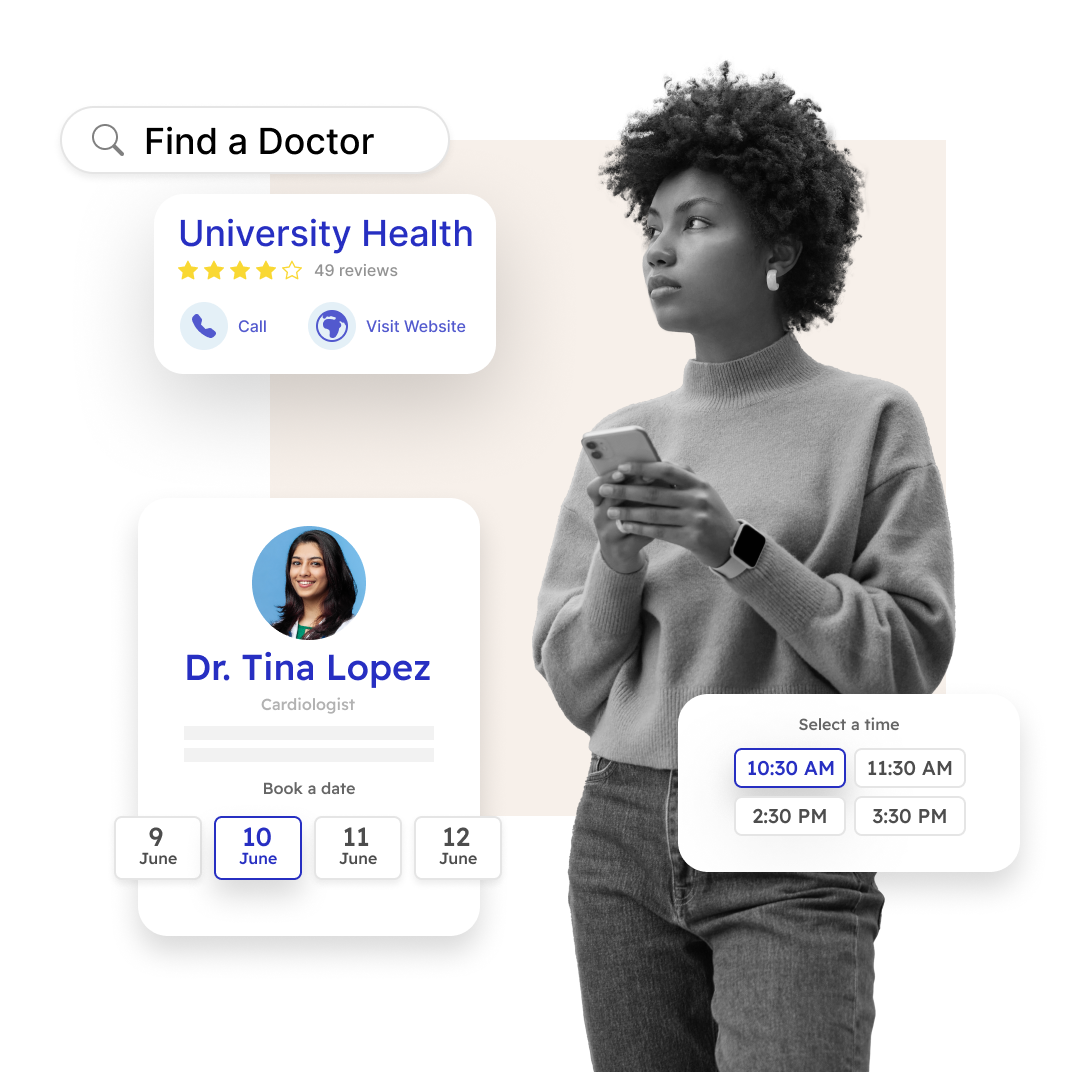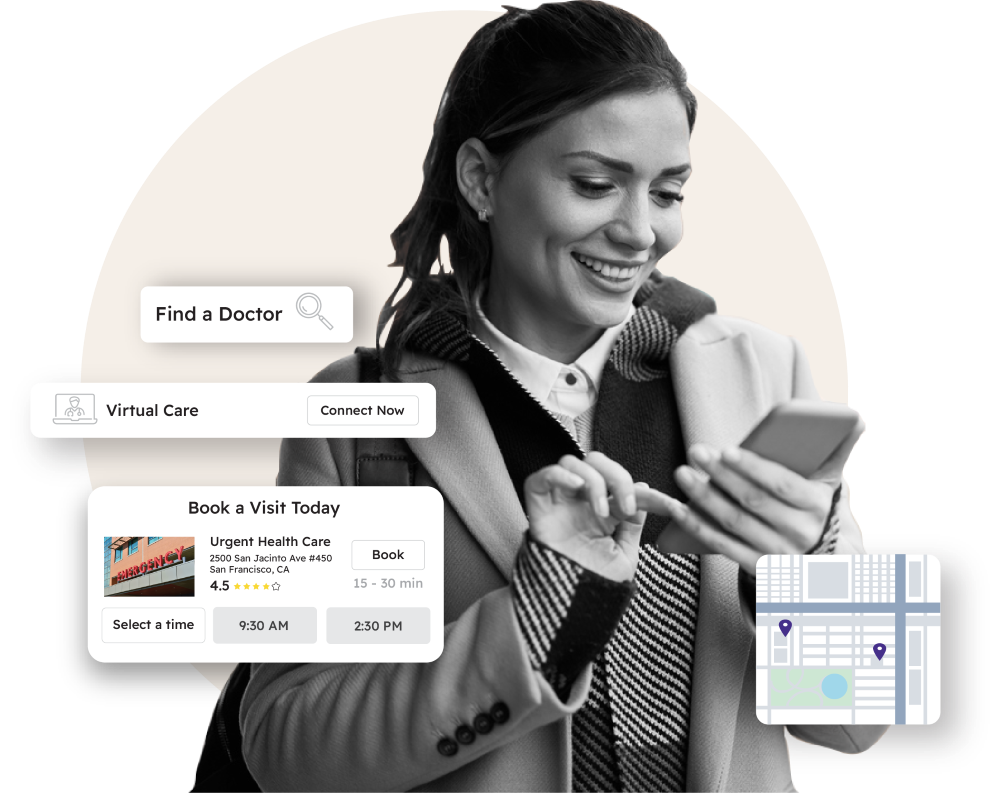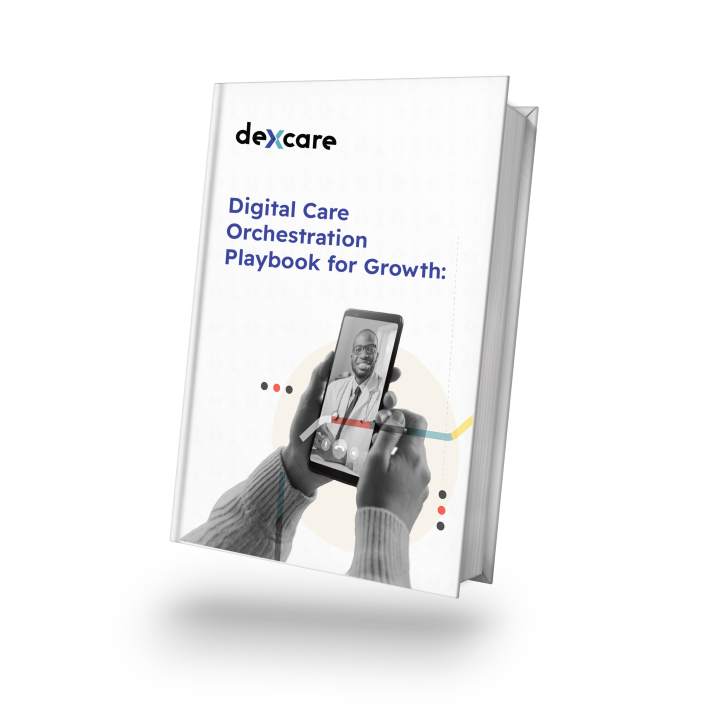Patients can't afford 26-day wait times — and neither can health systems

America’s healthcare access crisis is compromising patient outcomes and hurting health systems’ bottom lines.
Patients in major U.S. cities wait 26 days, on average, to see a physician across five key specialties: cardiology, orthopedic surgery, dermatology, family medicine, and OB-GYN.
Despite the industry’s efforts to improve access, wait times have jumped 24% since 2004, with no signs of slowing.
Changing the conversation
It’s time for health systems to flip the script. That’s why DexCare has launched the 26 Days to Care campaign to show how provider organizations can tackle the crisis.
We’re sending a clear message: It may take 26 days to learn parkour or take your first salsa dancing steps, but patients shouldn’t have to wait that long to see a doctor.

As you can see, we’re using a bit of lighthearted humor to start the conversation. Underneath lies a serious message: extended waits have far-reaching consequences for both patients and providers.
When patients wait for care, everyone feels it
More than 6 in 10 (65%) of healthcare consumers don’t seek healthcare until it’s urgent, so when they have to wait to see a doctor, their health conditions can worsen quickly.
At the same time, provider burnout increases as some clinicians face overwhelming administrative burdens and patient loads, while other staff members remain underutilized. Meanwhile, health systems lose revenue when frustrated patients seek care elsewhere.
In the past, health systems lacked effective solutions to this problem. But today, they can dramatically reduce wait times with digital tools that streamline scheduling, expand care options, and optimize clinical resources.
Five days faster: One health system’s success
DexCare is a real-time care orchestration platform that offers health systems a clear path to reducing wait times. Our solution combines intelligent decisioning technology to match patients with the right care at the right time and place. This means health systems can see patients faster and use their resources more effectively and efficiently across providers and locations, including virtual care.
A major health system has already successfully slashed patient wait times using this integrated approach. Piedmont Healthcare used DexCare to reimagine the entire patient scheduling experience, starting from the moment patients began their search for care on Google.
Piedmont optimized care delivery using DexCare’s Care Navigation and Smart Scheduling solutions with OmniSearch and cross-sell capabilities. Natural language search helped match patients with appropriate care options while intelligently routing suitable low-acuity cases to virtual visits.
The result: Piedmont shaved 5 full days off patient wait times while increasing virtual visits by 4X.
Better access creates a competitive advantage
Extended wait times create more than medical risks — they also pose significant competitive challenges. Patients in metropolitan areas often have multiple health systems to choose from, and convenient access to care increasingly drives their decisions. When faced with a three-week wait at one health system, many patients simply schedule with a competing provider who offers faster access. Others may schedule an appointment only to cancel last minute or no-show because they found a more convenient option.
This competitive dynamic affects both patient acquisition and retention. Health systems that offer faster access to care will attract more net-new patients and maintain stronger relationships with existing ones. Conversely, those with extended wait times risk losing patients to competitors who provide more timely care.
The financial implications of patient churn extend throughout a health system. Beyond the immediate impact of lost appointments, delayed patient access affects downstream revenue from follow-up care, diagnostic testing, and specialty referrals.
Real-time care orchestration that puts patients first
Reducing the 26-day wait for a physician appointment is an imperative. Health systems now have access to proven solutions that can dramatically reduce wait times while improving both the patient and provider experience. With digital care orchestration technology and care merchandising best practices, DexCare enables health systems to offer patients timely access to care while optimizing clinical resources.
The results are clear: better health outcomes, improved provider satisfaction, and stronger patient loyalty.
Ready to give patients their 26 days back? Let’s make it happen.


 Veterans Affairs
Veterans Affairs




